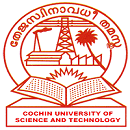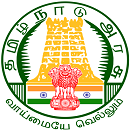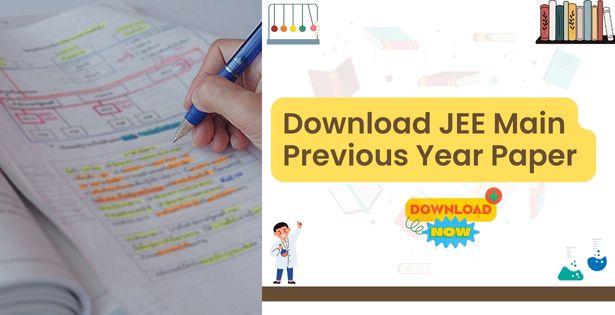About Halogen Derivatives (JEEMain,Class11th)
What is Halogen Derivatives?
Halogen derivatives, also known as halides, are organic or inorganic compounds that contain halogen atoms such as fluorine (F), chlorine (Cl), bromine (Br), iodine (I), or astatine (At). These halogens are part of the halogen group in the periodic table.
In organic chemistry, halogen derivatives are formed by replacing one or more hydrogen atoms in a hydrocarbon molecule with halogen atoms. For example, chloroform (CHCl3) is a halogen derivative of methane (CH4) where three hydrogen atoms have been substituted by chlorine atoms. Inorganic halogen derivatives include compounds such as sodium chloride (NaCl) and potassium iodide (KI), which are commonly used in everyday life. These compounds are formed by the combination of a metal atom with a halogen atom.
Halogen derivatives can exhibit various properties and behaviours depending on the specific halogen and its arrangement within the molecule. They can have different levels of reactivity, solubility, toxicity, and other characteristics, making them useful in a wide range of applications including pharmaceuticals, agrochemicals, materials science, and industrial processes.
Overall, halogen derivatives play a significant role in chemistry and have diverse applications due to their unique properties and versatility.
Download PDF on Halogen Derivatives
Table of Content
1. General characteristics of Halo-Alkanes.
2. General methods of preparation of Alkyl Halides.
3. Properties of Alkyl Halides.
4. Preparation and properties of dihalides.
5. Tri-halides (Chloroform and iodoform).
6. Tetra-halides (Carbon tetrachloride, CCl4).
7. Unsaturated halides (Halo-Alkene).
8. Halo-Arenes.
9. Some more important halogen derivatives.
10. Organometallic compounds.







.webp)
%20(1).png)






 CUSAT CAT (Cochin University of Science ...)
CUSAT CAT (Cochin University of Science ...) MHT CET (Maharashtra Common Entrance Tes...)
MHT CET (Maharashtra Common Entrance Tes...) KCET (Karnataka Common Entrance Test...)
KCET (Karnataka Common Entrance Test...) JEE Advanced (Joint Entrance Examination...)
JEE Advanced (Joint Entrance Examination...) TNEA (Tamil Nadu Engineering Admissions...)
TNEA (Tamil Nadu Engineering Admissions...) SRMJEEE (SRM Joint Engineering Entrance ...)
SRMJEEE (SRM Joint Engineering Entrance ...) WBJEE (West Bengal Joint Entrance Examin...)
WBJEE (West Bengal Joint Entrance Examin...).webp) GUJCET (Gujarat Common Entrance Test...)
GUJCET (Gujarat Common Entrance Test...) BITSAT (Birla Institute of Technology an...)
BITSAT (Birla Institute of Technology an...) VITEEE (Vellore Institute of Technology ...)
VITEEE (Vellore Institute of Technology ...)



%20(1).png)
